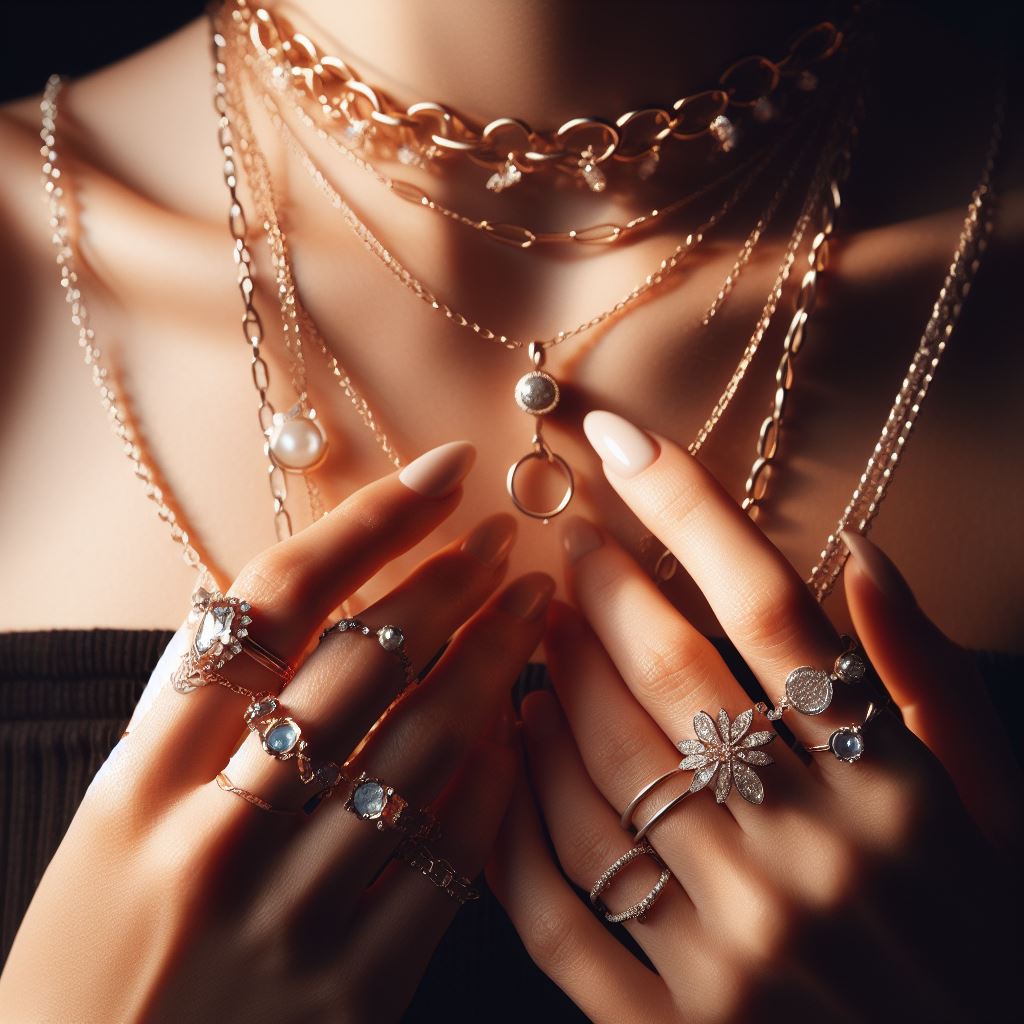
Jewelry has been more than mere adornment throughout history; it is a powerful symbol that conveys identity, status, heritage, and significant life events across cultures. From the intricate beadwork of African tribes to the opulent wedding jewelry of India, each region has its unique way of using jewelry to communicate cultural values and traditions. This paper explores how different cultures use jewelry to signify milestones, status, and heritage, highlighting the profound meanings behind various styles and materials.
Jewelry is far more than just a fashion statement; it is a cultural artifact that encapsulates history, values, and personal stories. From African beadwork and Indian bridal jewelry to Native American turquoise pieces and Middle Eastern amulets, each piece serves as a tangible representation of identity and heritage. As global influences continue to shape contemporary jewelry design, the cultural significance of these timeless pieces remains as powerful and relevant as ever.